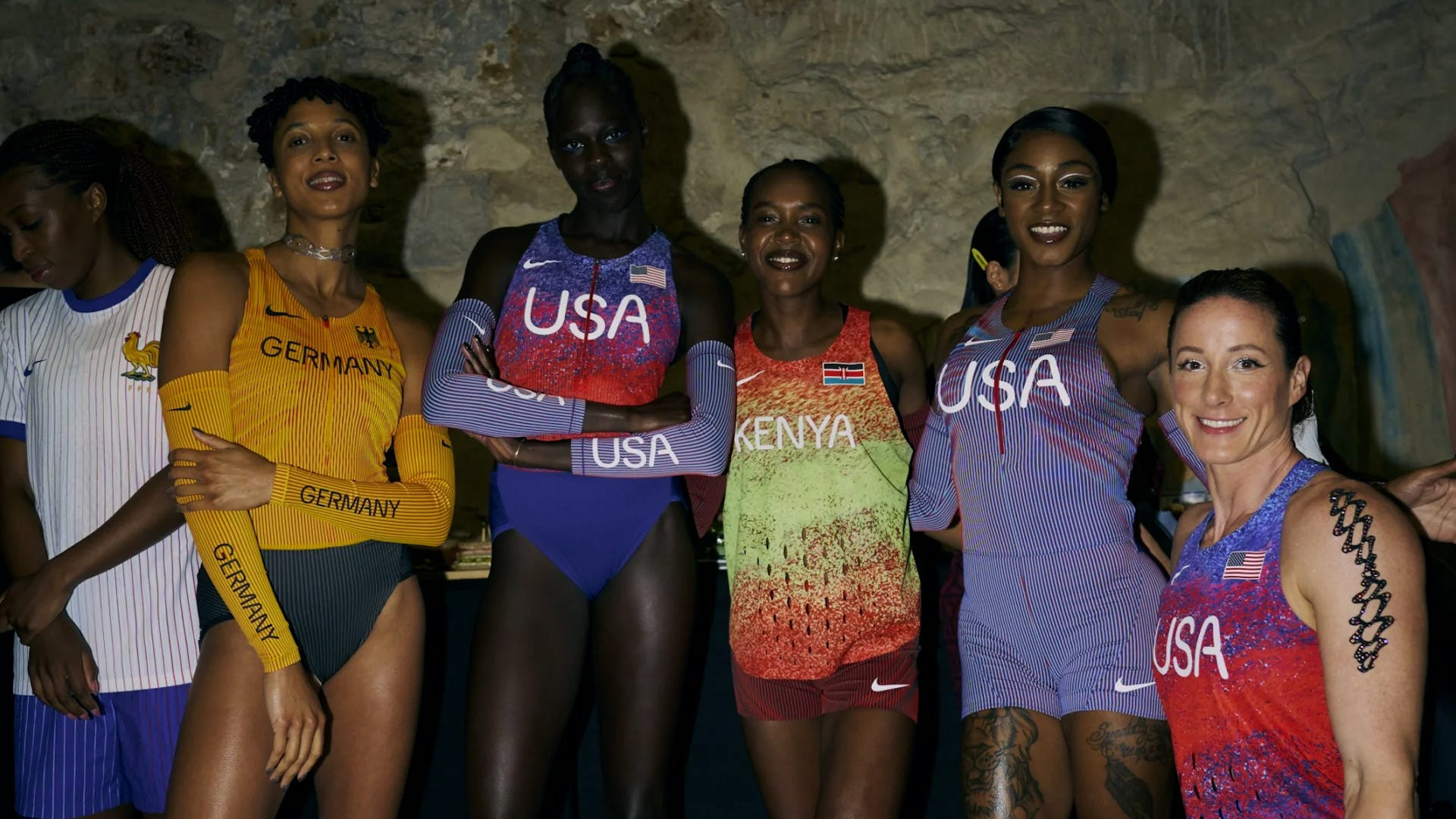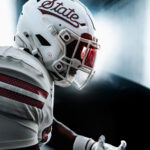Nike’s unveiling of the track and field uniforms for Team USA at the Paris 2024 Olympics has ignited a significant online debate. While designed with athlete performance in mind, the uniforms, particularly the women’s kit, have faced criticism for being too revealing. This has sparked a conversation about athlete choice versus perceived objectification in sports apparel.

The controversy began when Citius Magazine showcased the Nike kits on social media. The women’s uniform, a blue and red striped leotard emblazoned with “USA,” immediately drew attention, with many commenters deeming it excessively skimpy. This initial reaction quickly escalated, drawing in athletes and sparking a wider discussion online.
Nike has responded to the criticism by directing attention to their official statement, emphasizing that the 2024 collection is “the most athlete-informed, data-driven and visually unified” they have ever created. According to Nike, the design process prioritized athlete input, focusing on “choice, comfort, and performance.” John Hoke, Nike’s chief innovation officer, stated that the Paris 2024 track and field kits offer a wide range of silhouettes, approximately 50 unique options, tailored for different sports, body types, and sizes, all while maximizing breathability and performance. Nike highlights that athletes have the autonomy to select from these various options to suit their personal preferences and competitive needs. Track and field athlete Anna Cockrell supports this, stating she provided feedback during the kit testing phase and found the fit allowed for unrestricted movement, appreciating the representation of Team USA.
However, numerous athletes have voiced strong disapproval. Queen Harrison Claye jokingly inquired about European Wax Center sponsoring Team USA, highlighting concerns about the uniform’s coverage. Jaleen Roberts echoed this, questioning the practicality of the design during athletic activity. Former track and field athlete Lauren Fleshman reposted the uniform image, questioning if WNBA or NWSL teams would endorse such a kit. Fleshman argued that women’s uniforms should primarily serve performance, both physically and mentally. She suggested that the design prioritizes attracting attention to women’s sports through revealing outfits rather than focusing on athletic functionality, attributing it to “patriarchal forces.”
Conversely, some athletes have defended the Nike uniforms, emphasizing athlete choice and personal preference. Runner Sinclaire Johnson dismissed online comments, assuring that the uniform looks different on athletes than on mannequins and that athletes were involved in testing. Olympic pole vaulter Katie Moon corroborated this view, pointing out the availability of at least 20 uniform combinations, including more coverage options like the men’s kits if desired. Moon personally prefers less fabric for comfort in hot and sweaty conditions during competitions. She underscored the crucial aspect of athlete autonomy, stating that athletes should be supported in their uniform choices, whether they prefer minimal coverage or more traditional options, to maximize their comfort and performance.
The controversy surrounding Nike’s track and field Olympic uniforms underscores the diverse perspectives on appropriate and effective athletic wear. While some view the design as empowering athlete choice and optimizing performance, others perceive it as potentially exploitative and misaligned with the functional needs of elite competition. Ultimately, Nike emphasizes the range of options available to athletes, placing the final decision on uniform selection in their hands.

